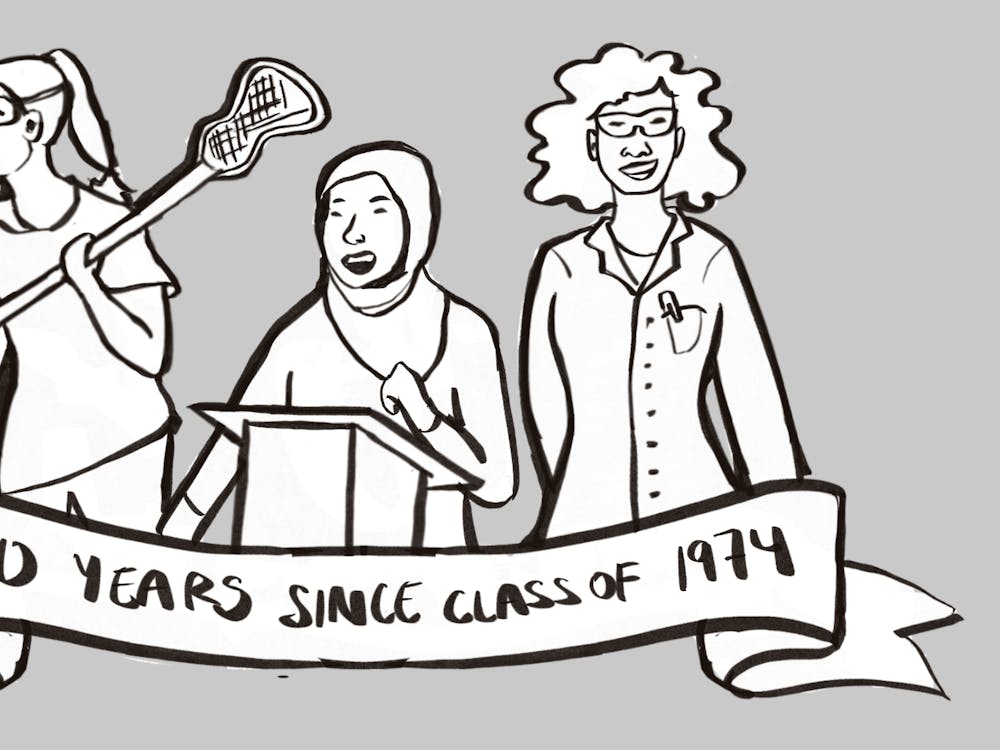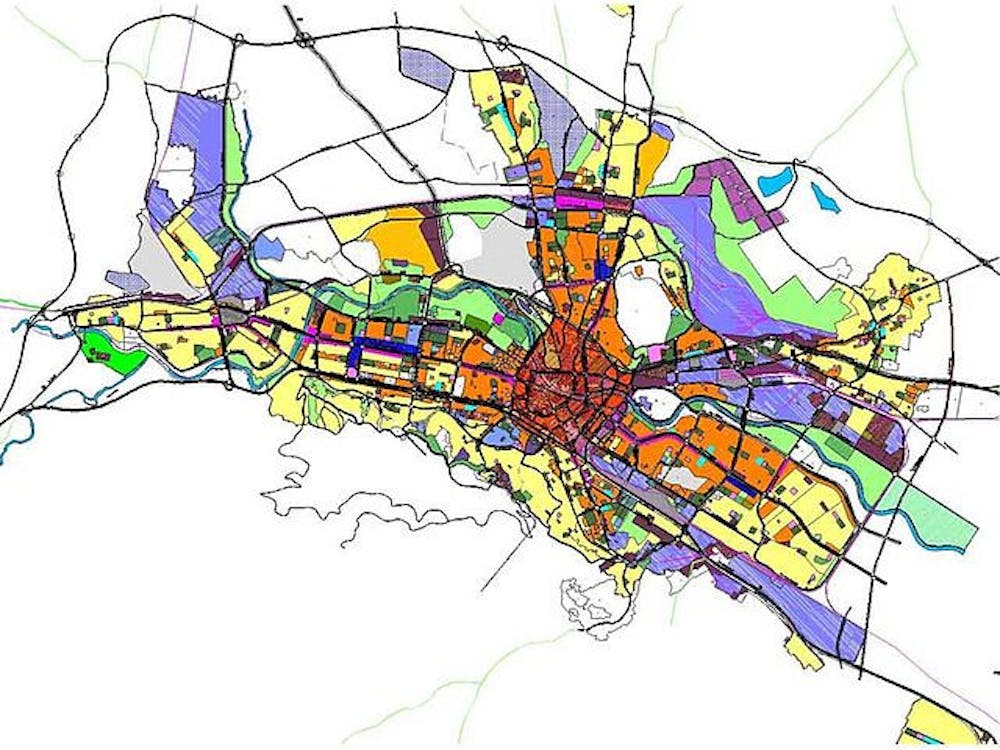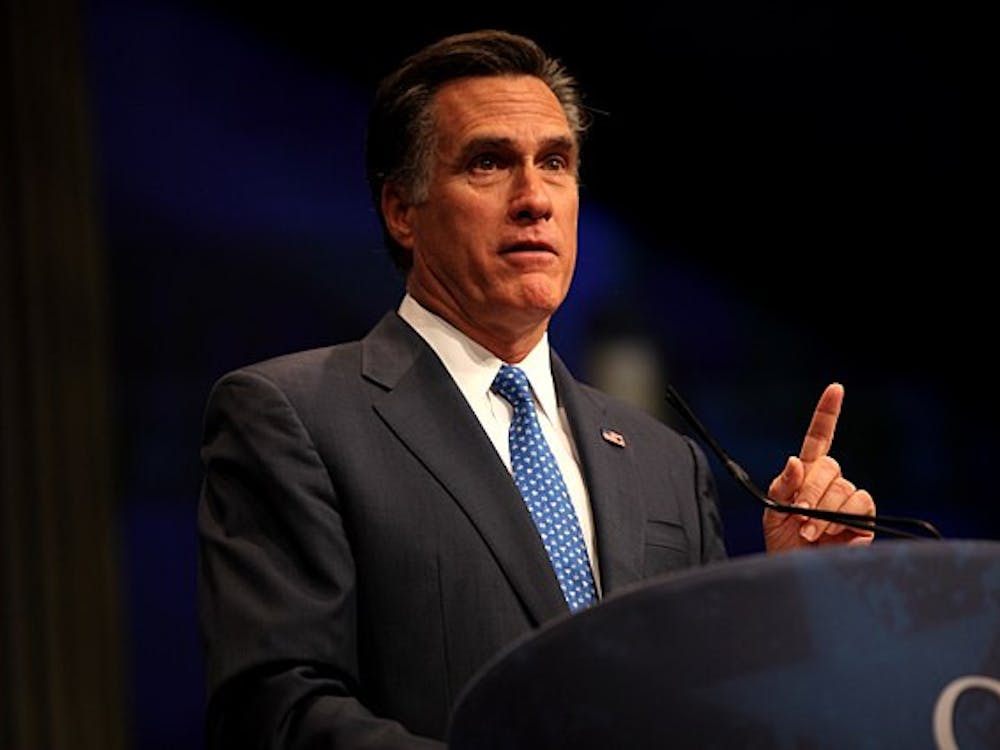"Next year in Jerusalem."
Jews all over the world recite those words at the end of Yom Kipper each fall, and then again at the end of the Passover seder each spring. Year after year after year.
As a Reform Jew, I do not believe “next year in Jerusalem” means buying a plane ticket to Israel. In my mind, Jerusalem, the Holy City that Jews longed to return to for millennia, is a metaphor for a better world. To me, the phrase is not an aspiration but an affirmation of our duty to work towards a more peaceful, democratic and just world — a world in the image of that shining city on a hill.
Yet, Jerusalem is more than a metaphor. Jerusalem is a real place, where real people live, and for too long that place has fallen far short of the lofty ideals it is supposed to represent.
The city, its significance, its status and its holy sites are at the heart of the decades old Israeli-Palestinian conflict. That conflict has so tarnished the city’s image that today, Jerusalem is not the symbol of hope we all want it to be.
Over the past few weeks, there have been reports that the most recent negotiations between the parties, painstakingly put together by Secretary of State John Kerry, have accelerated. Both sides have publicly expressed support for a two-state solution to the conflict. Still, such a solution requires difficult compromises on both sides, which few Israeli or Palestinian leaders have been willing to publicly endorse.
Chief among these tough choices is the final status of Jerusalem.
In May 2009, Israeli Prime Minister Benjamin Netanyahu said, “Jerusalem is the eternal capital of the Jewish people, a city reunified so as never again to be divided.”
Meanwhile, the Palestinians are just as adamant that Al Quds (the Arabic name for Jerusalem) be the capital of the new State of Palestine. “There is no peace without Jerusalem, no state without Jerusalem and no security or stability without Jerusalem,” President of the Palestinian Authority Mahmoud Abbas said in June.
Nevertheless, peace, in Jerusalem and the entire region remains possible.
With both parties laying claim to the city, most experts agree that a lasting peace requires the city to be shared. Yerushalayim — the Israeli capital — would be in West Jerusalem, while Al Quds — the Palestinian capital — would be in the East.
In many ways, and despite rhetoric to the contrary, Jerusalem is already a “divided” city. The Jerusalem of today is home to about 500,000 Jews, 281,000 Muslims, 15,000 Christians and 4,000 people of other groups. The neighborhoods of East Jerusalem, home to hundreds of thousands of Palestinians, came under Israeli control in 1967 (along with the rest of the West Bank and the Gaza Strip). Today, the vast majority of people who live in West Jerusalem are Israelis, while almost all Palestinian residents live in the East. The economic, social and cultural lives of the two districts are largely isolated from one another.
Of course, one ought not underestimate how wrenching it will be for both parties to accept only partial control of the city. To many, it will be devastating. The Old City of Jerusalem sits on the border of East and West Jerusalem, and is home to the Western Wall, the Dome of the Rock and the al Aqsa Mosque and Church of the Holy Sepulchre — each among the holiest religious sites in the world. Both peoples’ histories and national narratives are deeply tied to what is one of the most ancient cities on Earth.
But as much as both sides yearn for sole possession of the Holy City, they also yearn for peace.
As former Israeli Prime Minister Ehud Olmert put it, “There won’t be peace if part of Jerusalem does not become the capital of the Palestinian state.” In 2008, Olmert negotiated with President of the Palestinian Authority Mahmoud Abbas on that principle. He was willing to agree, as Netanyahu must, that the Palestinian neighborhoods of East Jerusalem become the capital of the new State of Palestine. In turn, Abbas knows that West Jerusalem must remain the capital of the State of Israel.
The compromise will not come without complications. Arrangements must be made to allow the free flow of people and goods throughout the city. And all religious groups — Jews, Muslims, Christians and even others — must be able to administer and access their holy sites in the Old City. The details will have to be ironed out, but the outlines of the solution are clear to all.
As an American, I know that only the United States is capable of bringing both sides together, as former President Clinton showed in the 1990s with the Oslo Accords. And as a student leader in J Street U, the student organizing arm of the pro-peace, pro-Israel advocacy group J-Street, I know that officials here and in the Middle East are looking to form a “great constituency for peace,” as Secretary Kerry put it earlier this year. We, as students and as young people, must be there to support the stakeholders as they work towards compromise on these important issues.
Israelis, Palestinians and Americans must reach out together for the solution — for the heavens — knowing that only if we do so will Jerusalem once again be that symbol of a better world in which peace and justice are the rule, not the exception.
With the clock ticking on the negotiations, now is the time to make the tough choices and turn the two-state solution into reality.
Next year in Jerusalem.
The City of Peace.






















Please note All comments are eligible for publication in The News-Letter.